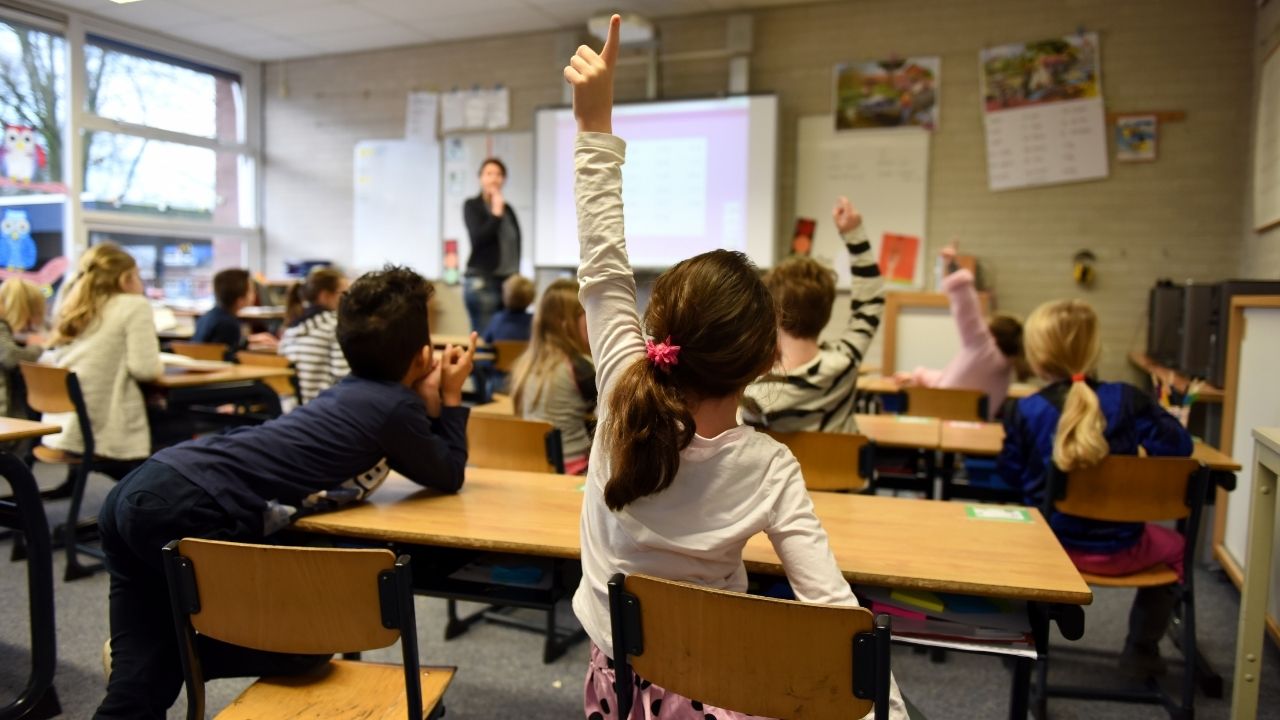
In today's rapidly evolving educational landscape, integrating technology into teaching has become a necessity rather than a luxury. As educators, we are tasked with preparing our students for a future that is increasingly reliant on digital tools and resources. By effectively incorporating technology into our classrooms, we can enhance the learning experience, foster innovation, and equip our students with the skills they need to succeed in the 21st century.
Embracing Digital Tools
One of the most straightforward ways to integrate technology into teaching is by embracing digital tools. There is a wide array of educational software, applications, and platforms available that can streamline our teaching processes and engage our students in new and exciting ways. From interactive whiteboards and educational games to online collaboration tools and virtual reality experiences, the possibilities are endless.
By incorporating these digital tools into our lesson plans, we can create a more dynamic and interactive learning environment. For example, using educational apps and games can help reinforce key concepts and provide students with immediate feedback on their progress. Online collaboration tools can facilitate group projects and discussions, even when students are not physically present in the classroom.
Promoting Classroom Innovation
Integrating technology into teaching is not just about using digital tools; it's also about fostering a culture of innovation in the classroom. By encouraging our students to think creatively and critically about how technology can be used to solve problems and create new opportunities, we can help them develop the skills they need to thrive in a rapidly changing world.
One way to promote classroom innovation is by providing students with opportunities to explore and experiment with new technologies. This could involve setting up a makerspace in the classroom where students can tinker with robotics, 3D printing, and other emerging technologies. It could also involve encouraging students to develop their own digital projects, such as creating a website or designing an app.
Leveraging Instructional Technology
Instructional technology refers to the use of technology to support and enhance teaching and learning. This can include everything from using multimedia presentations and interactive whiteboards to incorporating online learning platforms and adaptive learning software.
By leveraging instructional technology, we can create a more personalized and engaging learning experience for our students. For example, adaptive learning software can adjust the difficulty level of assignments based on a student's individual needs and progress. Online learning platforms can provide students with access to a wide range of resources and allow them to learn at their own pace.
Embracing E-Learning and Blended Learning
E-learning and blended learning are two approaches to integrating technology into teaching that have gained significant traction in recent years. E-learning refers to the use of digital tools and resources to deliver educational content entirely online, while blended learning combines online learning with traditional face-to-face instruction.
Both e-learning and blended learning offer a number of benefits for students and teachers alike. For students, these approaches can provide greater flexibility and convenience, allowing them to access course materials and complete assignments on their own schedule. For teachers, e-learning and blended learning can help streamline course management and provide new opportunities for collaboration and feedback.
Preparing Students for the Future
Ultimately, the goal of integrating technology into teaching is to prepare our students for the future. In a world that is increasingly reliant on digital tools and resources, it is essential that we equip our students with the skills and knowledge they need to succeed.
By embracing digital tools, promoting classroom innovation, leveraging instructional technology, and exploring e-learning and blended learning approaches, we can create a more engaging, personalized, and effective learning experience for our students. As educators, it is our responsibility to stay up-to-date with the latest trends and best practices in educational technology and to continuously seek out new ways to integrate technology into our teaching practice.
 Careers in EducationElementary EducationHigh School EducationEducational TechnologyTeaching StrategiesSpecial EducationPrivacy PolicyTerms And Conditions
Careers in EducationElementary EducationHigh School EducationEducational TechnologyTeaching StrategiesSpecial EducationPrivacy PolicyTerms And Conditions
